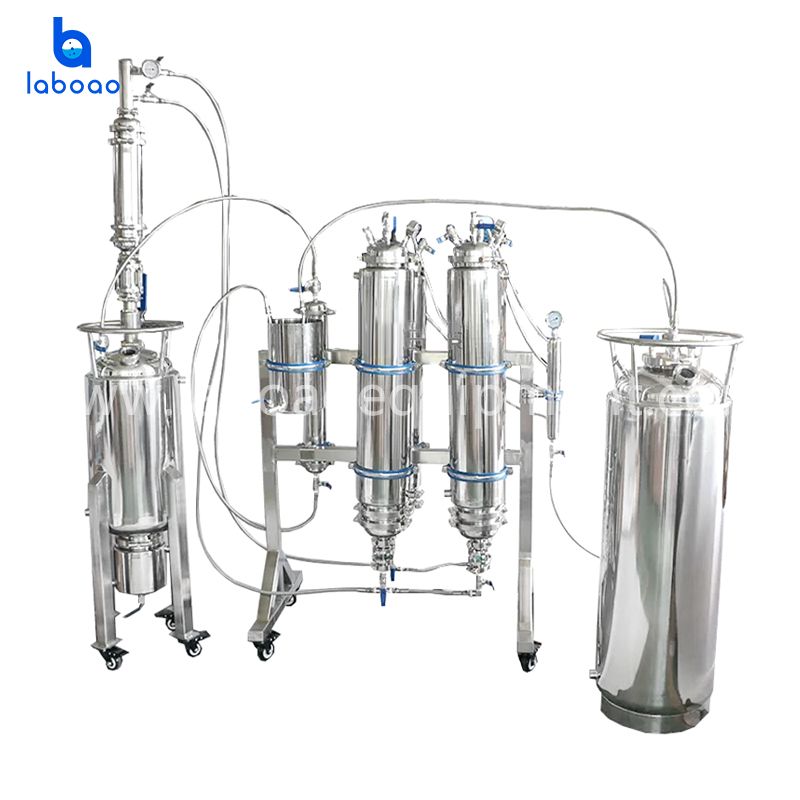Double layer glass reactor daily maintenance method
In order to make the reactor body more usable for a long time, its daily maintenance work can not be less. The maintenance cycle of the tank can be divided into these stages. It can be maintained once every 1-3 months and then once a year. 1 to 3 months of maintenance can be carried out with a small range of basic maintenance, which can be used to clean the tank, inspect and repair the tank. A major overhaul is required in one year. We can inspect and repair the inner parts of the tank and focus on repairing cracks and corrosion.
When cleaning chemical storage tanks, they must be dismantled, neutralized, disinfected, cleaned, etc., and then analyzed and tested. After reaching the standard, they can enter. When testing and repairing the storage tanks, it is necessary to close the storage tanks. The electrical power of the electrical equipment is guaranteed to be safe. When entering the chemical storage tank for cleaning, bring the appropriate protective equipment. When releasing water after pressure test, the atmosphere must be connected to prevent vacuuming. Here are some considerations for using a glass reactor:
1. Check the instrument carefully before use. Whether the glass bottle is damaged or not, and whether the interfaces are consistent, pay attention to light handling.
2. Wipe each interface with a soft cloth (can be replaced with a napkin) and apply a small amount of vacuum grease. (The vacuum grease must be covered after use to prevent the entry of sand.)
3. The electrical part must not enter the water, it is strictly prohibited to get wet.
4. Turn on the power switch first, then let the machine run from slow to fast. When the machine is stopped, stop the machine and turn off the switch.
5. The PTFE switch everywhere can not be tightened too much, easy to damage the glass.
6. When doing any repairs or inspections on the machine, be sure to cut off the power supply and water source.
7. Loosen the PTFE switches after stopping, and the PTFE piston will be deformed when it is still working for a long time.
8. Regularly clean the sealing ring by removing the sealing ring and checking if there is dirt on the shaft. Wipe it with a soft cloth, then apply a little vacuum grease and reinstall it to keep the shaft and seal ring smooth.
9. Each interface can't be screwed too tightly. It should be loosened regularly to avoid the long-term tight lock and cause the connector to die.
10. Must purchase the original authentic accessories, free use of other accessories can cause fatal damage to the machine.
11. Every time you use it, you must use a soft cloth to clean all kinds of oil traces left on the surface of the machine, stains, solvent remaining, and keep it clean.

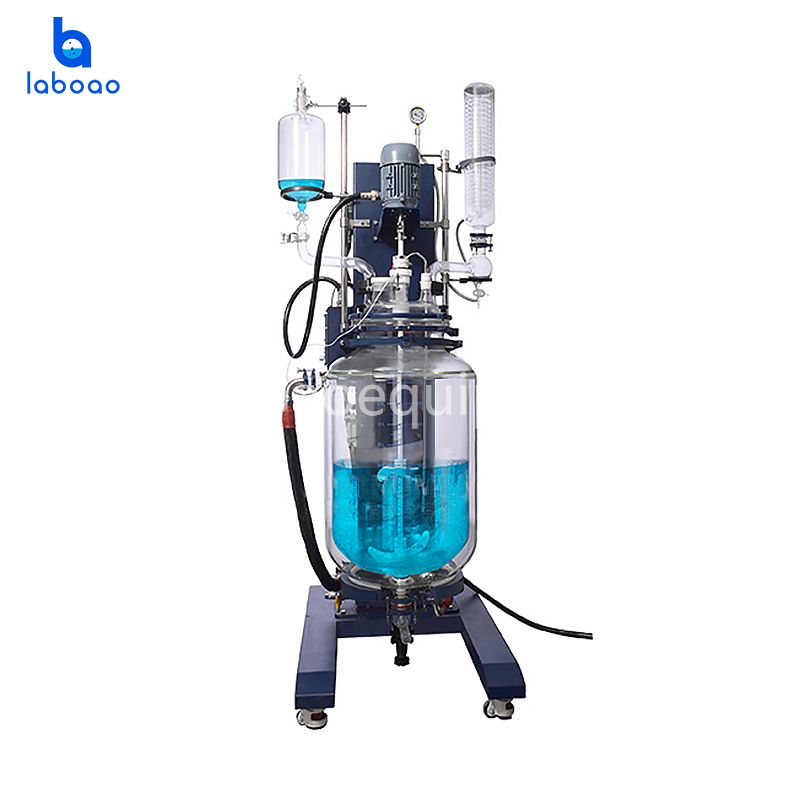

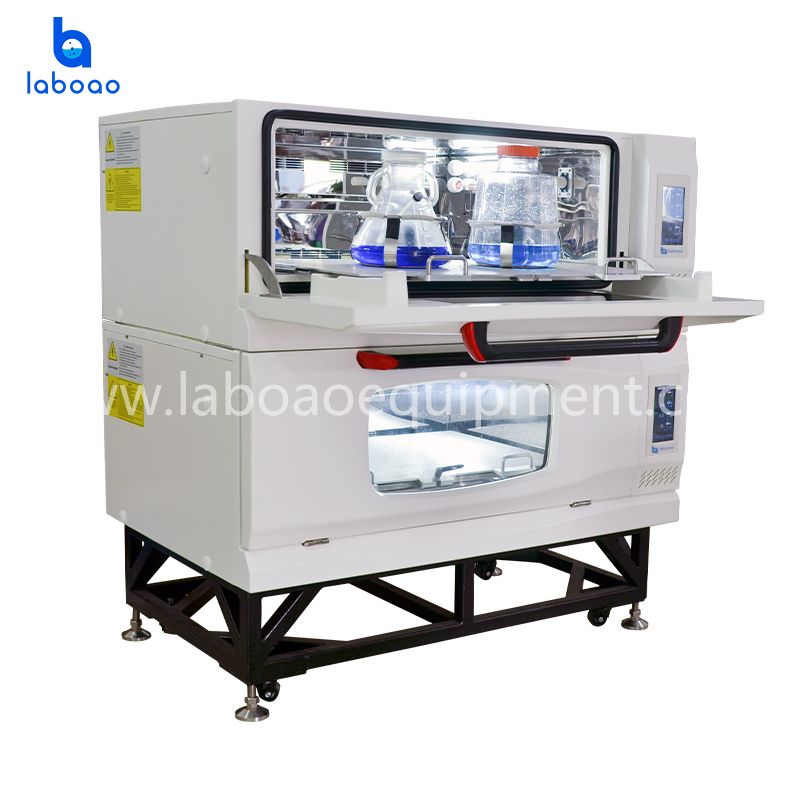
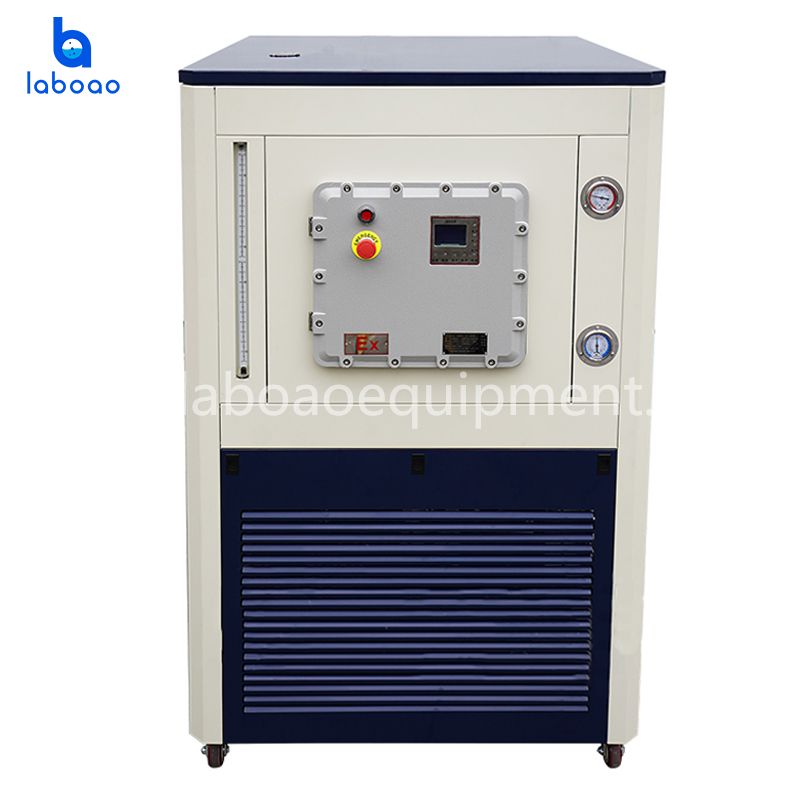
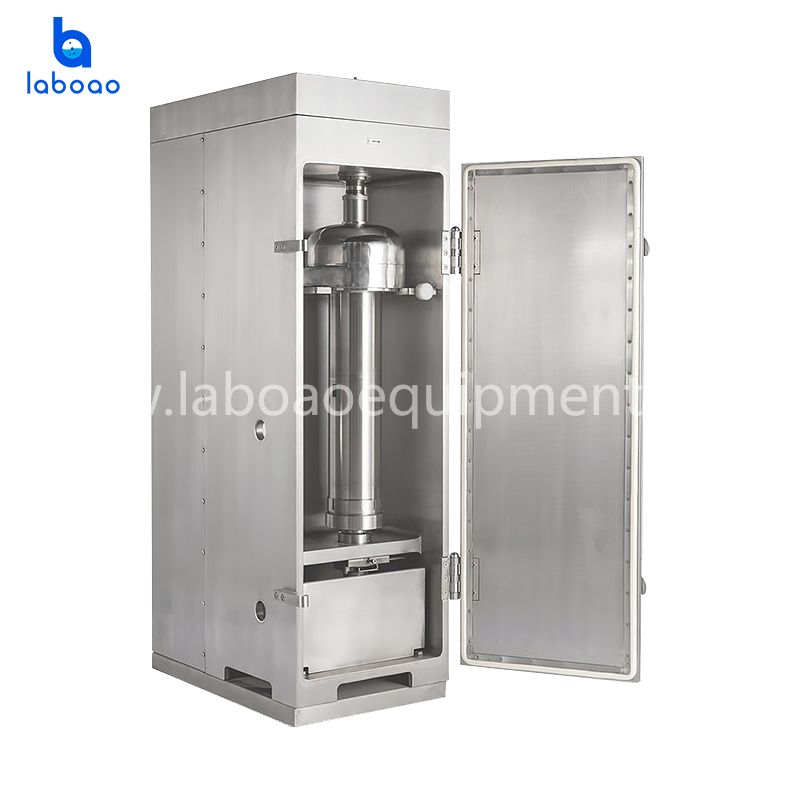
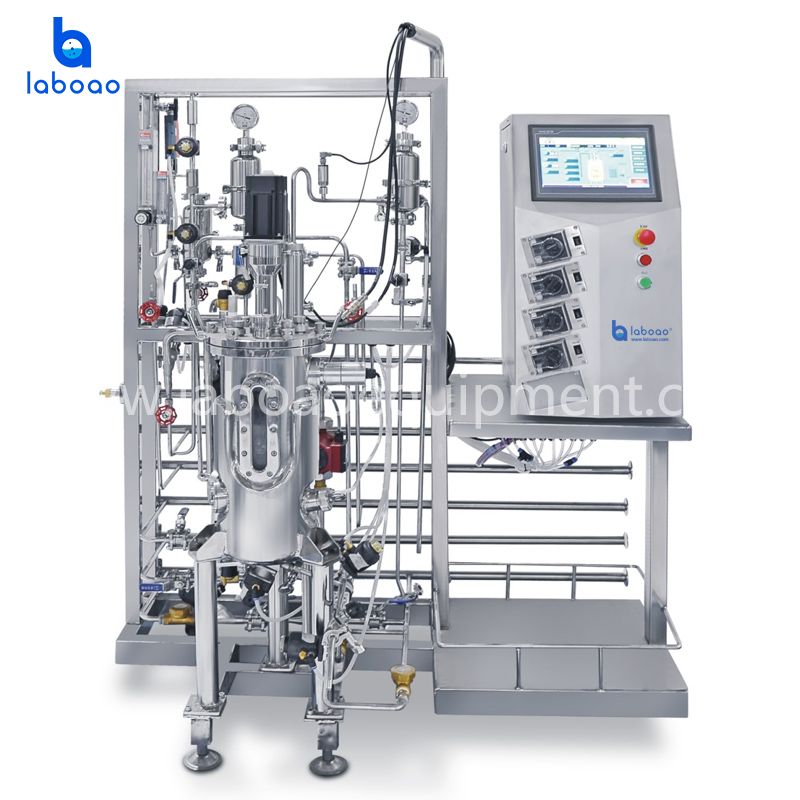
-analyzer-1695623743955.jpg)

